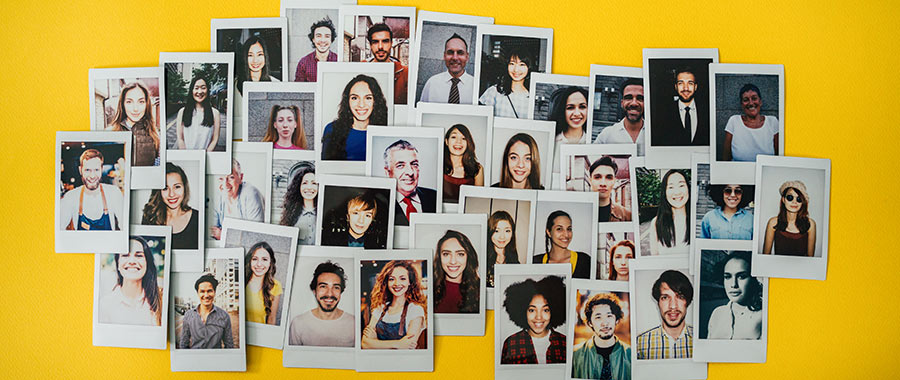In the tapestry of human experience, the threads of memory are often woven together with the vibrant colors of souvenirs and photographs. These artifacts serve as vessels of recollection, transporting us to moments of joy, contemplation, and connection. The Bahá’í teachings, with their emphasis on unity and the interconnectedness of all humanity, provide a compelling framework for understanding how these tangible mementos can enrich our spiritual and communal lives.
To delve into this subject, we must first appreciate the metaphorical significance of souvenirs and photographs. They act as digital or physical totems, encapsulating experiences that resonate beyond their surface appearance. We might argue that a photograph is not merely an image; it is a visual hymn imbued with the melodies of laughter, love, and shared experiences. Similarly, souvenirs are more than mere trinkets; they embody the essence of the places we have visited and the relationships we have nurtured. This interplay between the tangible and the intangible invites us to consider how Bahá’í teachings reverberate through our memories.
At the heart of the Bahá’í faith is the notion of oneness — the idea that all souls are interconnected, transcending the boundaries of culture, nationality, and belief. This principle invites us to approach our memories with a consciousness of unity. When we reflect on a souvenir from a distant land or a photograph capturing a moment in time, we are reminded of our shared humanity. A small, intricately crafted ornament from a foreign culture can inspire an appreciation for the rich diversity of creation. It beckons us to explore the stories of others, fostering empathy and nurturing a sense of global kinship.
Moreover, the act of collecting these memories serves as a practice of gratitude and reflection. In the Bahá’í teachings, gratitude is a powerful spiritual principle that fosters contentment and deepens our understanding of God’s providence. As we peruse our collection of photographs and souvenirs, we engage in a form of mindful appreciation. This ritual allows us to recount the adventures, trials, and triumphs that have shaped us. Each artifact becomes a milestone on our journey, a way to celebrate our evolution as individuals and as members of the human family.
In addition, Bahá’í teachings encourage the idea of storytelling. Each photograph captures a narrative while each souvenir holds a saga waiting to be told. By sharing these stories, we contribute to the lineage of communal memory, weaving together the experiences of our lives with those of others. This act of sharing transforms the personal into the collective, allowing us to understand differing perspectives and experiences, thus enriching our communal bonds.
However, one must also acknowledge the ephemeral nature of memory. As time marches on, some photographs may fade, and souvenirs may weather, but their essence can remain vibrant through shared stories. The Bahá’í perspective reminds us of the importance of fostering connections, not just through our lived experiences but also through the narratives we construct around them. This calls for a conscious effort to engage with our memories, ensuring their narratives remain alive in our hearts and minds.
Inherent within this exploration is the concept of reflection — a cornerstone of spiritual growth. Through reflection, we can discern the lessons embedded within our experiences. Each photograph offers an opportunity to contemplate the circumstances surrounding it — the people, the emotions, the lessons learned. This introspective engagement aligns with the Bahá’í admonition to pursue knowledge and understanding continually. By reflecting on our past, we cultivate wisdom, enabling us to navigate future challenges with grace and insight.
Additionally, the interplay between souvenirs, photographs, and memory can be viewed through the prism of beauty — a fundamental aspect of the Bahá’í faith. Beauty is not merely an aesthetic quality; it is a reflection of divine attributes woven into the fabric of our existence. Each gleaming souvenir or snapshot encapsulates the beauty of a moment, a sight, or an encounter. Engaging with these artifacts invites us to recognize and celebrate beauty in our lives, enriching our spiritual practice and fostering a deeper appreciation for the divine.
Moreover, the collection of souvenirs and photographs encourages a sense of responsibility toward the stewardship of the earth and its treasures. The Bahá’í teachings underscore the importance of environmental sustainability and harmony with nature. By curating our personal collections thoughtfully, we can reflect on our impact — being mindful not to exploit but to cherish the planet. This consciousness aligns our practice of memory with our commitment to social and environmental justice, reinforcing our interconnectedness with all creation.
Lastly, the act of preserving these memories transcends personal benefit; it contributes to the collective treasure trove of human experience. By creating an archival narrative — whether through photographs shared on social media, community storytelling, or family gatherings — we construct a repository of knowledge and experience that future generations can access. In sharing our reflections and stories, we ensure that the wisdom gained is passed down, enriching the spiritual experiences of those who come after us.
In conclusion, the Bahá’í teachings illuminate the profound significance of souvenirs and photographs in our lives, urging us to appreciate not just the artifacts themselves, but the memories they invoke and the lessons they impart. These tangible expressions of our journey serve not only as reminders of who we are and where we have been; they are also instruments of connection that nourish our spirits and affirm our commitment to the oneness of humankind. As we traverse this path of remembrance and reflection, let us cherish the grace imbued within each memory, and recognize the divine connections that unite us all.
